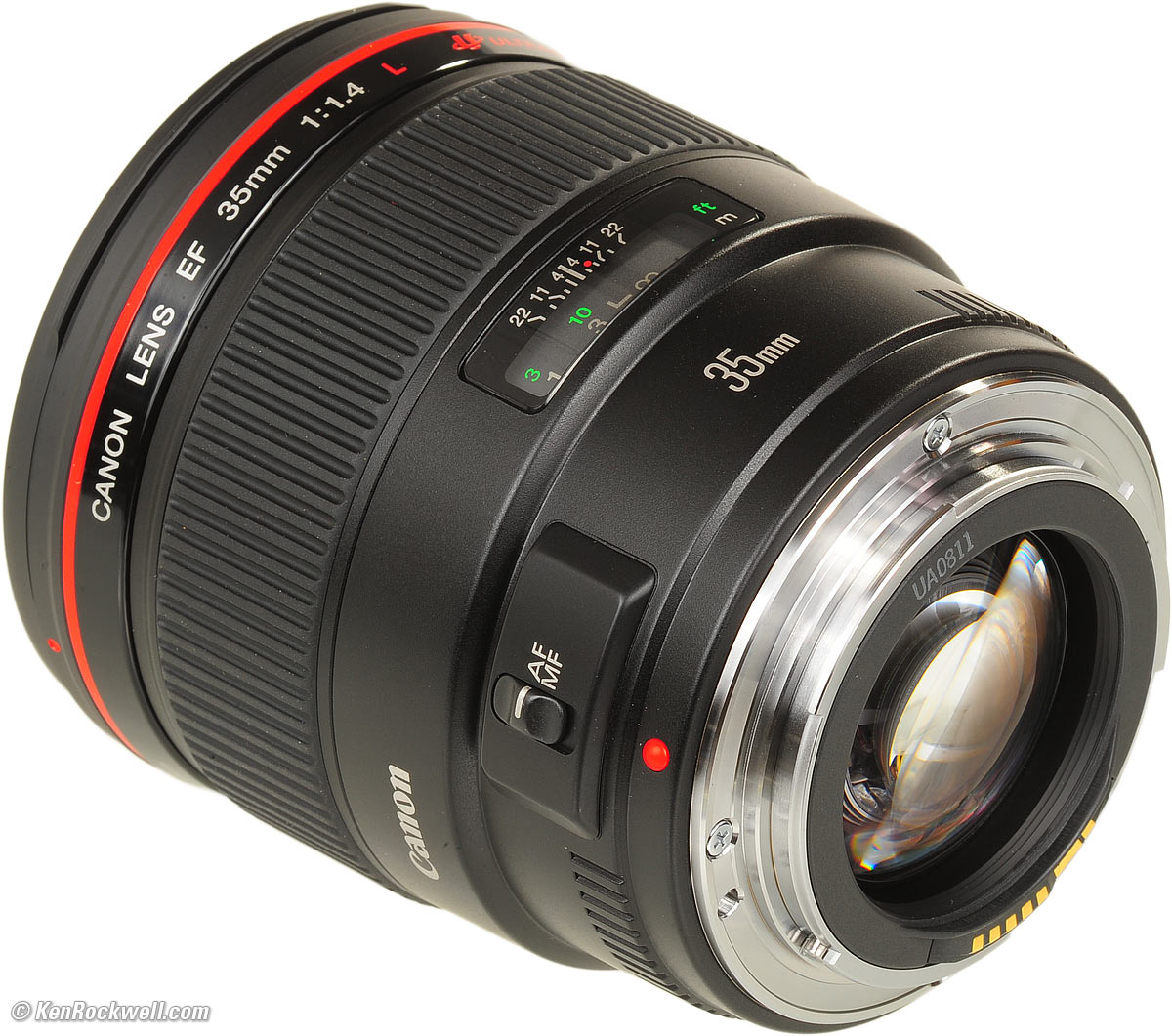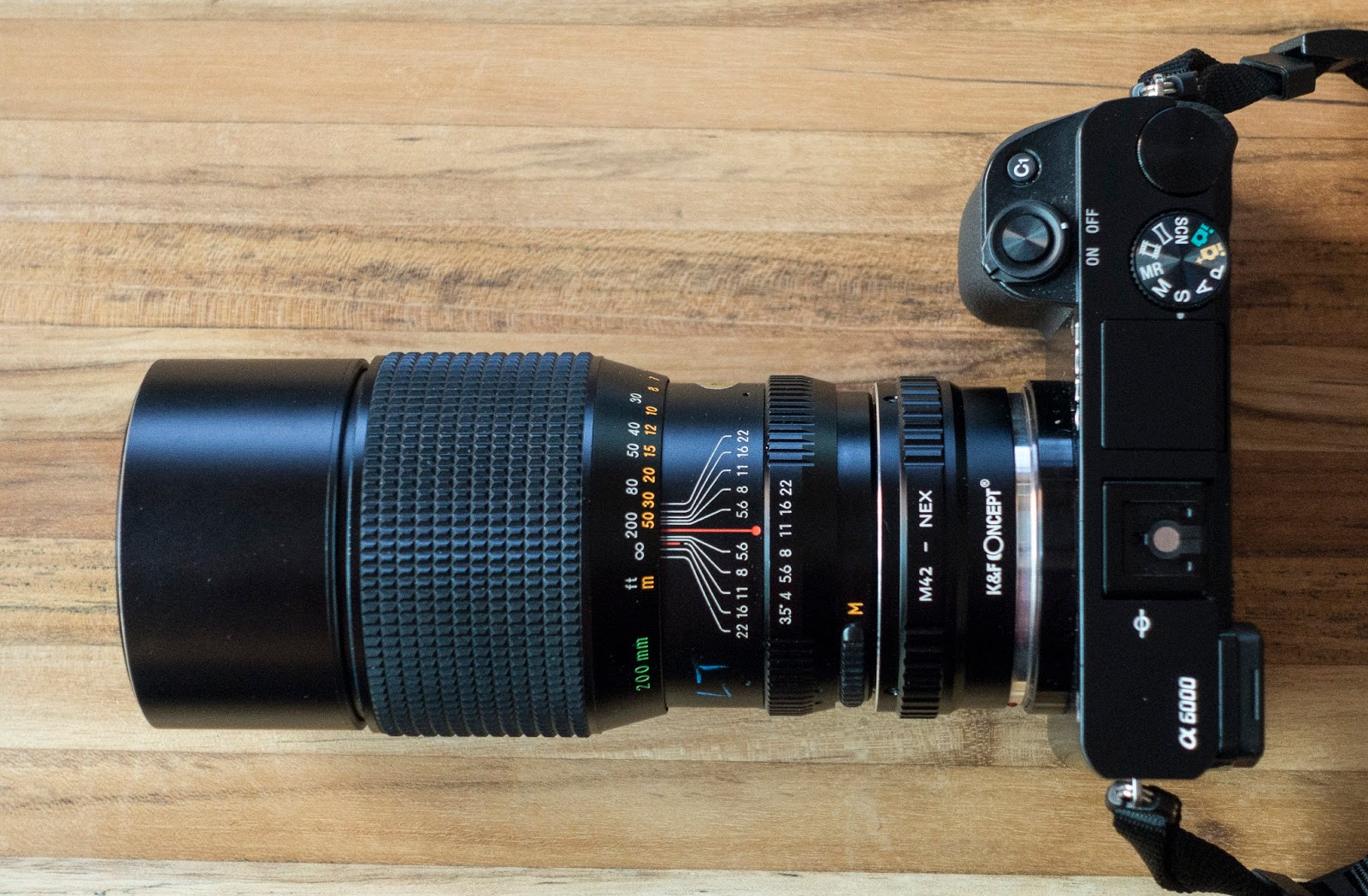Determine the age of a Canon lens based on the 10-digit serial number. To age a Canon lens using the 10-digital serial number, we dissect the serial number as follows: DD C SSSSSSS. The DD is the key to the date the lens was manufactured - the production date code. The box will usually include the lens’s serial number. What To Do With A Nikon Lens Serial Number Most people only pay attention to the lens’s serial number when they bring it in for repairs or when the lens is stolen. Although those are the important times to really have a look at your Nikon lens serial number, there are ways to check.
|
| ||
images by Dirk HR Spennemann(Image rights) | |||
Part of the serial number sequence of lenses made by Joseph Schneider & Co, Kreuznach, Germany.[1] Schneider lenses made in Göttingen (the plant which later became ISCO) follow a different sequence.
| Serial nº | Year |
| 30,000 | December 1919 |
| 40,000 | May 1920 |
| 50,000 | January 1922 |
| 100,000 | January 1925 |
| 200,000 | June 1928 |
| 300,000 | February 1929 |
| 400,000 | April 1931 |
| 500,000 | June 1932 |
| 600,000 | August 1933 |
| 700,000 | October 1934 |
| 800,000 | September 1935 |
| 900,000 | May 1936 |
| 1,000,000 | November 1936 |
| 1,200,000 | December 1937 |
| 1,400,000 | November 1938 |
| 1,600,000 | September 1939 |
| 1,800,000 | June 1942 |
| 2,000,000 | September 1948 |
| 2,200,000 | July 1949 |
| 2,400,000 | October 1950 |
| 2,600,000 | May 1951 |
| 2,800,000 | November 1951 |
| 3,000,000 | May 1952 |
| 4,000,000 | October 1954 |
| 5,000,000 | February 1957 |
| 6,000,000 | May 1959 |
| 7,000,000 | February 1961 |
| 8,000,000 | March 1963 |
| 9,000,000 | February 1965 |
| 10,000,000 | January 1967 |
| 11,000,000 | November 1968 |
| 11,500,000 | July 1970 |
| 12,000,000 | September 1972 |
| 12,500,000 | March 1974 |
| 13,000,000 | December 1976 |
| 13,200,000 | September 1977 |
| 13,400,000 | October 1978 |
| 13,600,000 | October 1979 |
| 13,800,000 | January 1981 |
| 14,000,000 | October 1983 |
| 14,100,000 | January 1985 |
| 14,200,000 | August 1986 |
| 14,300,000 | November 1988 |
| 14,400,000 | January 1991 |
| 14,460,000 | February 1992 |
| 14,480,000 | January 1993 |
| 14,500,000 | November 1993 |
| 14,510,000 | January 1994 |
| 14,520,000 | May 1994 |
| 14,540,000 | January 1995 |
| 14,560,000 | April 1995 |
| 14,590,000 | January 1996 |
| 14,600,000 | April 1996 |
| 14,620,000 | November 1996 |
| 14,623,340 | January 1997 |
| 14,651,520 | January 1998 |
| 14,690,300 | January 1999 |
| 14,726,600 | January 2000 |
| 14,756,400 | January 2001 |
| 14,788,450 | January 2002 |
| 14,820,970 | January 2003 |
| 14,853,700 | January 2004 |
| 14,890,800 | January 2005 |
| 15,000,000 | November 2008 |
Notes
- ↑ From: Herstellungsdaten von Schneider-Objektiven. | Schneider Official Site] (archived)

Chinon Industries was a small Japanese camera and lens manufacturer, which is currently owned by Kodak Japan. There is not much information available, but from what we know, they produced several 35mm film cameras and lenses using the M42 (Pentax) mount. However, we also found a 35mm f2.8 auto Chinon which has the Minolta MD mount, so it seems like Chinon has also supplied other manufacturers.
We used three kit lenses from Chinon: the 35mm f2.8, the 55mm f1.7 and the 135mm f2.8 which we found to be very well built, sharp and easy to use on the field. We liked them, but we haven't been able to discover something specific about them in terms of personality and “uniqueness”.
One hidden treasure of the Chinon series is the 55mm f1.4 auto Chinon MC, which is rarer than others. Our sample proved to be extremely smooth focus wise, very sharp and with excellent build quality.
Check our Chinon lenses:

The 35mm f2.8 Chinon is a sharp and well built wide angle lens. It has pleasant colors and a good mechanical feel.
The 35mm f2.8 Chinon has a not so impressive minimum focusing distance of 0.5m, it weighs 234g and takes a 55mm filter. Number of blades: 6.
Chinon Lens Serial Number Placement
The Chinon MC Auto 55mm f1.4 is an interesting lens. Maybe our sample is a very good one, but we discovered that focusing on this lens is incredibly smooth. It is genuinely a pleasure to use it when filming, because it feels precise and very well made. Another interesting aspect is that although the lens is rather bulky – as most 50-55mm f1.4s are – it doesn't hit the mirror or obstruct focusing on Canon DSLRs. The f1.4 Chinon is sharp even wide open, it may be slightly sharper than the 50mm f1.4 Takumar, although we like the Tak's image a little more. There are 2 versions of the f1.4 Chinon: a singlecoated version and the multicoated one shown here.
The lens has a minimum focusing distance of 0.5m, it weighs 292g and takes a 55mm filter. Number of blades: 6.
The 55mm f1.7 Chinon has a wider than average aperture, which gives it an edge over some competitors, as most standard lenses have 1.8-2.8 maximum aperture. It is soft wide open, which is not necessarily a bad thing as the image has a rather dreamy look. Once the diaphragm is closed, it becomes increasingly sharper, and as it is the case with many other vintage lenses, it reaches a sweet spot at around f5.6.
The 55mm f1.7 Chinon has a minimum focusing distance of 0.5m, it weighs 220g and takes a 52mm filter. Number of blades: 6.
Serial Number Idm
The 135mm f2.8 Chinon is a telephoto lens usually found on Chinon SLRs. There isn't much information available on it and we only used it occasionally, as there are many good lenses to choose from when searching for a 135mm. However, we can tell you that it is very well built and feels solid. This model is single coated, so it is better to use the integrated lens hood. The grip is good and the focusing is smooth, which makes it very user friendly when it comes to filming.
The 135mm Chinon has a minimum focusing distance of 1.5m, it weighs 400g and takes a 55mm filter. Number of blades: 6.